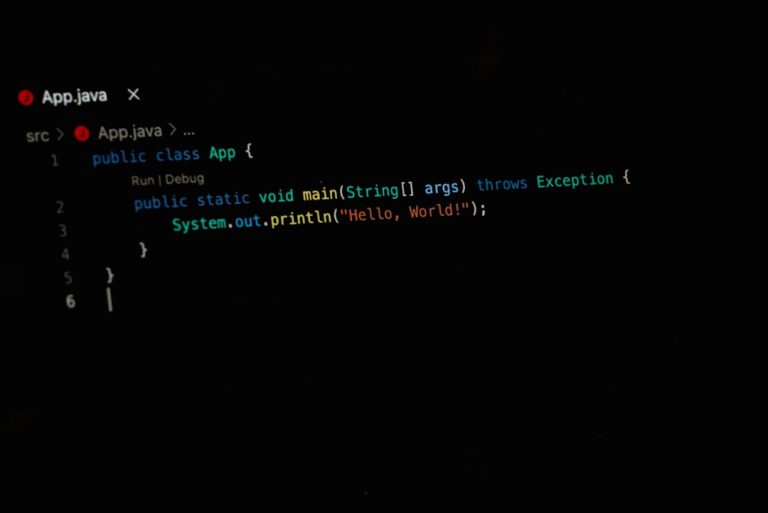What are the typical hourly rates for virtual assistants?
In recent years, the demand for virtual assistants (VAs) has risen sharply as businesses seek cost-effective ways to outsource administrative, creative, and technical tasks. With this increased demand comes a wide range of pricing models and hourly rates, which can vary based on several key factors. Whether you’re a business owner considering hiring a virtual assistant or an aspiring VA looking to set your rates, understanding the typical hourly rates in the industry is essential.
Factors That Influence Virtual Assistant Rates
There is no one-size-fits-all pricing model for virtual assistants. Their hourly rate can depend on several variables, including experience, geographical location, area of specialization, and the complexity of the tasks they handle. Below are some of the most important factors:
- Experience Level: Entry-level VAs typically charge less than experienced professionals who offer specialized services.
- Location: Rates vary significantly based on the VA’s country of residence, with assistants from developing countries often charging lower rates than those from Western nations.
- Skills and Specializations: VAs who provide niche services such as digital marketing, bookkeeping, or IT support can demand higher rates.
- Industry Served: Some industries, such as legal or medical, may require specific expertise which can influence the rate.
- Work Scope: Simple data entry tasks will typically cost less compared to tasks requiring strategic thinking or creative input.
[ai-img]virtual assistant, laptop, working remotely[/ai-img]
Typical Hourly Rates by Experience Level
While pricing can fluctuate, the following provides a general benchmark of what clients might expect to pay and what VAs could consider charging, based on experience:
- Entry-Level VAs: These assistants are usually new to the field and may charge between $5 to $15 per hour, particularly if based in countries with lower living costs. Many entry-level VAs offer general administrative support like email management, scheduling, and data entry at these rates.
- Mid-Level VAs: VAs with 2-5 years of experience often charge $15 to $30 per hour. They may offer specialized support such as social media management, content creation, or customer service.
- Expert-Level VAs: Professionals with over five years of experience or highly specialized skills (e.g., SEO, digital marketing, advanced bookkeeping) can command rates of $30 to $75+ per hour, especially if they operate from North America, the UK, or Australia.
Regional Differences in VA Pricing
Geographic location plays a significant role in the pricing of virtual assistant services. Here’s an overview of typical hourly rates by region:
- Philippines and India: These countries are top outsourcing destinations. VAs in these regions often charge $5 to $15 per hour.
- Eastern Europe: Countries like Ukraine and Romania offer skilled VAs with rates ranging from $10 to $25 per hour.
- North America / Western Europe: VAs based in the U.S., Canada, UK, or Germany typically charge from $20 up to $75 per hour or more, depending on their expertise.
[ai-img]globe, pricing, region differences, virtual work[/ai-img]
Type of Services and Effect on Rate
Not all virtual assistant tasks are priced equally. Some services require deeper knowledge and longer preparation, justifying a higher hourly rate. Below is a breakdown of VA service categories and their corresponding rates:
- Administrative Support: $10 – $25/hour
- Customer Service: $12 – $30/hour
- Social Media Management: $15 – $40/hour
- Graphic Design: $25 – $60/hour
- Bookkeeping / Accounting: $25 – $75/hour
- Web Development / Tech Support: $30 – $100+/hour
Other Pricing Models
While hourly billing is common, many virtual assistants also offer alternative pricing models:
- Monthly Retainers: A set fee for a predetermined number of hours per month. This is popular among clients who need regular, ongoing support.
- Package Deals: Fixed prices for specific services, ideal for well-defined, repeatable tasks.
- Project-Based Pricing: Used for one-time jobs with a clearly defined outcome, such as launching a website or designing a brochure.
[ai-img]pricing models, billing methods, retainer vs hourly[/ai-img]
Conclusion
Hiring a virtual assistant can be a cost-effective strategy for scaling business operations, but pricing can vary greatly depending on numerous factors. Understanding typical hourly rates and what influences them allows both VAs and clients to make informed decisions. Whether opting for a budget-friendly assistant overseas or investing in a highly skilled specialist, it’s critical to match pricing expectations with the desired quality of work.





